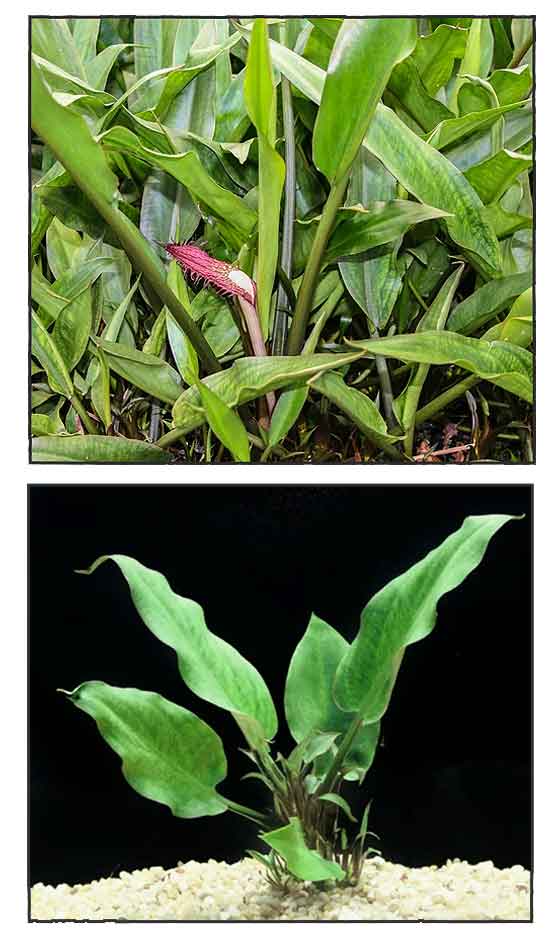
Family • Araceae
Water trumpet
Cryptocoryne ciliata (Roxb.) Schott
CRYPT CILIATA
| Scientific names | Common names |
| Ambrosina ciliata Roxb. | Crypt ciliata (Engl.) |
| Arum ciliata (Roxb.) Loudon | Mangrove water trumpet (Engl.) |
| Cryptocoryne ciliata (Roxb.) Schott | Water trumpet (Engl.) |
| Accepted infraspecifics (3) | |
| Cryptocoryne ciliata var. bogneri N.Jacobsen | |
| Cryptocoryne ciliata var. ciliata | |
| Ambrosina ciliata Spreng. | |
| Cryptocoryne alata Griff. | |
| Cryptocoryne drymorrhisa Zipp. ex Schott | |
| Cryptocoryne elata Griff. | |
| Cryptocoryne ciliata var. latifolia Rataj | |
| Cryptocoryne ciliata is an accepted species. KEW: Plants of the World Online | |
| Other vernacular names |
| GERMANY: Bewimperter wasserkelch. |
| THAILAND: Bai phai, Phai. |
| VIETNAM: Mai dam ria. |
Distribution Constituents Properties Studies Availability |
August 2025
![]()
 |
| Â Â Â Â Â Â Â Â Â Â Â Â Â Â Â Â Â Â Â Â Â Â Â Â Â PHOTOS / ILLUSTRATIONS |
| IMAGE SOURCE: Cryptocoryne ciliata / Florida Aquatic Nurseries / Non-commercial use / Click on image or link to go to source page / Florida Aquatic Nurseries |
Additional
Sources and Suggested Readings |
• |
DOI: It is not uncommon for links on studies/sources to change. Copying and pasting the information on the search window or using the DOI (if available) will often redirect to the new link page. (Citing and Using a (DOI) Digital Object Identifier) |
| Â Â Â Â Â Â Â Â Â Â Â Â Â Â Â Â Â Â Â Â Â Â Â Â Â Â Â Â Â Â List of Understudied Philippine Medicinal Plants |
| Â Â Â Â Â Â Â Â Â Â Â Â Â Â Â Â Â Â Â Â Â New plant names needed The compilation now numbers over 1,500 medicinal plants. While I believe there are hundreds more that can be added to the collection, they are becoming more difficult to find. If you have a plant to suggest for inclusion, native or introduced, please email the info: scientific name (most helpful), local plant name (if known), any known folkloric medicinal use, and, if possible, a photo. Your help will be greatly appreciated. |
• |
 |


